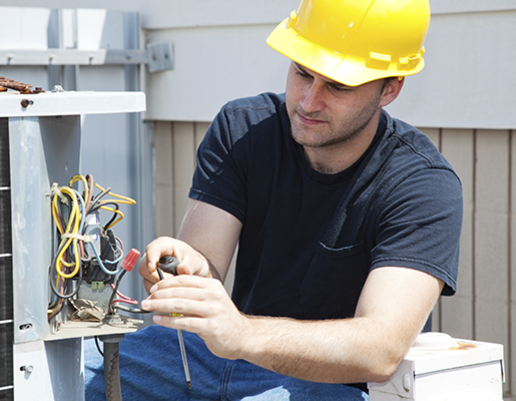Commercial Air Conditioning
Air 2 Air Solutions can design and install air conditioning capable of heating and cooling in individual areas simultaneously in your office, office block or hotel. We can include fresh air ventilation systems as well as heat recovery.
All our engineers are DBS checked, SC and CTC cleared so we can take on any job in any environment. These include schools, prisons, Home office sites etc.
Below is an explanation of some of the system that we use.




Ventilation and Heat Recovery
Ventilation and Heat Recovery
Why Consider A Heat Recovery & Ventilation System?
All buildings need fresh air coming in from outside for you to breathe, and for the safe operation of combustion appliances. It’s also vital that stale and damp air and pollutants are removed – both for your health, and the integrity of the building. Opening windows and doors – so-called purge ventilation – teamed with extractor fans in kitchens and bathrooms will do the job, but of course causes heat loss.
To ensure that you are saving energy but also creating a healthy environment, it’s vital to consider how the building is ventilated. Whole mechanical ventilation with heat recovery (MVHR) systems are a solution. They exchange stale air for fresh air, and recover heat in the process.
What Is A Heat Recovery & Ventilation System?
An MVHR system will extract the warm, moist air from rooms such as kitchens and bathrooms. This is done through a concealed duct system. The air is passed through a heat exchanger then ducted outside. Fresh air from outside is drawn in and passed through the heat exchanger, which warms it, and it’s then ducted to the living rooms and bedrooms. Some systems have a feature so that when it’s warm outside, the air can bypass the heat exchanger to help keep the house cool.
VRV & VRF
What is VRV or VRF?
VRV is a system developed and designed by Daikin Industries and means “variable refrigerant volume”. Daikin protected the term VRV so other manufacturers use the term VRF “variable refrigerant flow”. In principle they both work the same and are extremely efficient, reliable, energy saving ways to heat and cool all types of buildings with minimum installation time or disruption.
The volume or flow rate of refrigerant is accurately matched to the required heating or cooling loads thereby saving energy and providing more accurate control.
In short, they are probably the best systems currently available for mid to large applications.
Receive your free quote

Air Source Heat Pump
Air source heat pumps explained
An air source heat pump (ASHP) is usually placed outside at the side or back of a property, and takes heat from the air and boosts it to a higher temperature using a heat pump. This heat is then used to heat radiators, underfloor heating systems or even warm air convectors and hot water in your home.
The pump needs electricity to run, but it should use less electrical energy than the heat it produces.
Ground source heat pumps are also available. They draw heat from the ground via a network of water pipes buried underground, usually in your garden. See our separate guide to ground source heat pumps for more details.
Air source heat pump costs and savings
ASHPs are cheaper than ground source heat pumps. The Energy Saving Trust (EST) estimates that the cost of installing a typical ASHP system into a detached home ranges between £6,000 and £10,000.
The government has announced the new Boiler Upgrade Scheme meaning you can get a grant of £6000 to help pay for the new ASHP to be installed. Click here for more details.
Here are some general rules of thumb to bear in mind:
Like ground source heat pumps, air-to-water ASHPs work better with underfloor heating systems. If underfloor heating is not possible, large radiators should be used. This is because the heat generated by the heat pump is not as high as that produced by a conventional boiler, so a larger surface area is needed to achieve similar temperatures in your home.
Air-to-water heat pumps may be better suited to new-build properties than retrofit – this is because costs could be reduced if the heat pump is included as part of the building specification, rather than having to retrofit underfloor heating later on.
Heat pumps can save you more on your heating bills if you’re replacing an electric, LPG or coal system, rather than gas.
A well-insulated house is essential to best optimise the heat generated by your ASHP – otherwise the heat the pump is generating escapes more easily.
Once in place, the heat pump should require little maintenance other than regular service checks.



